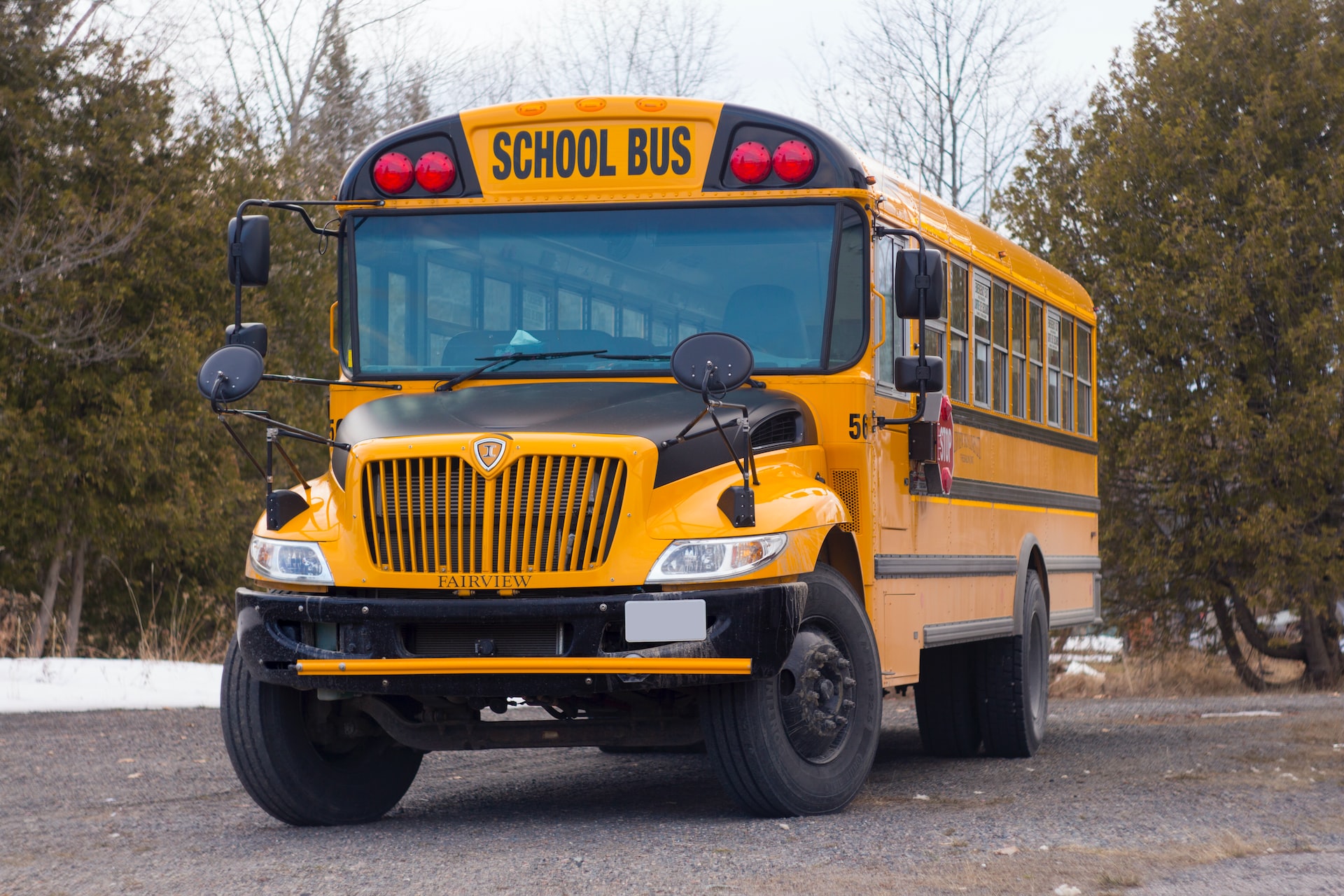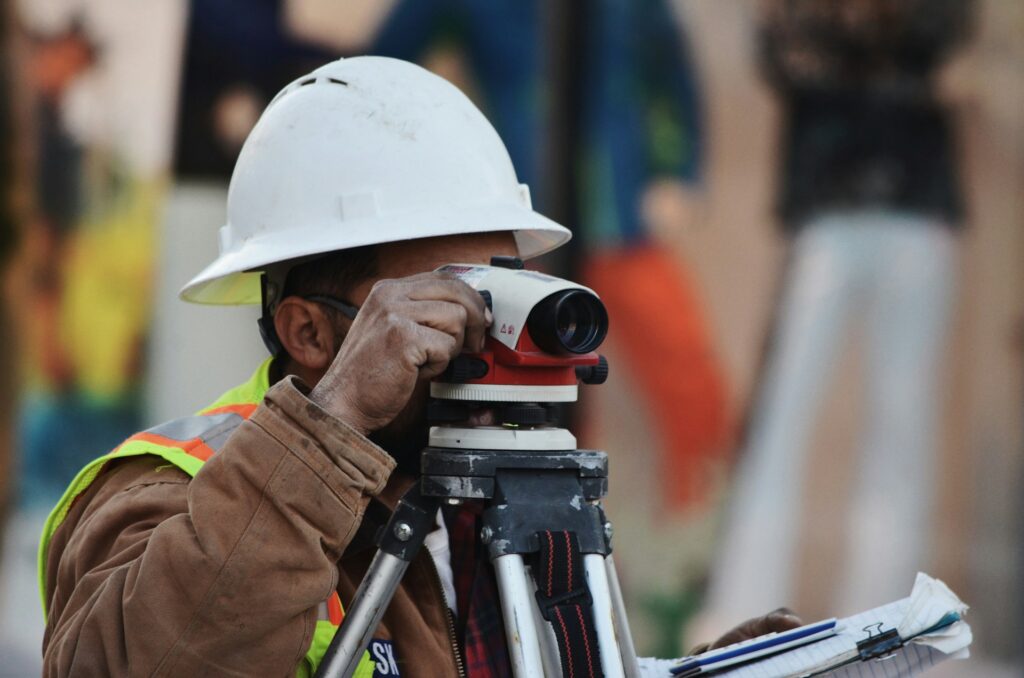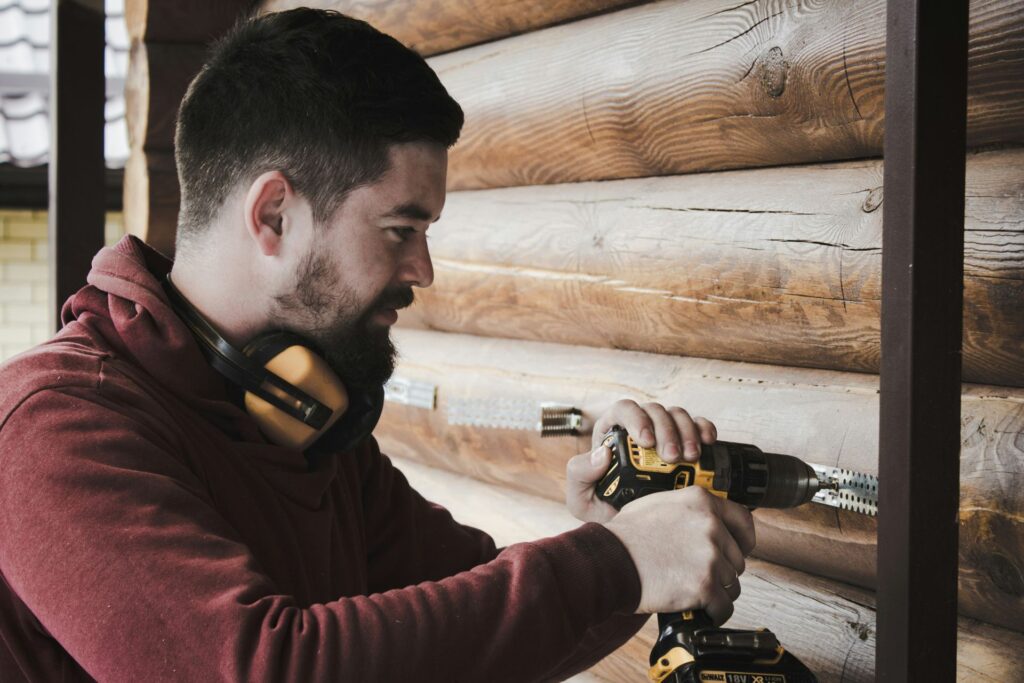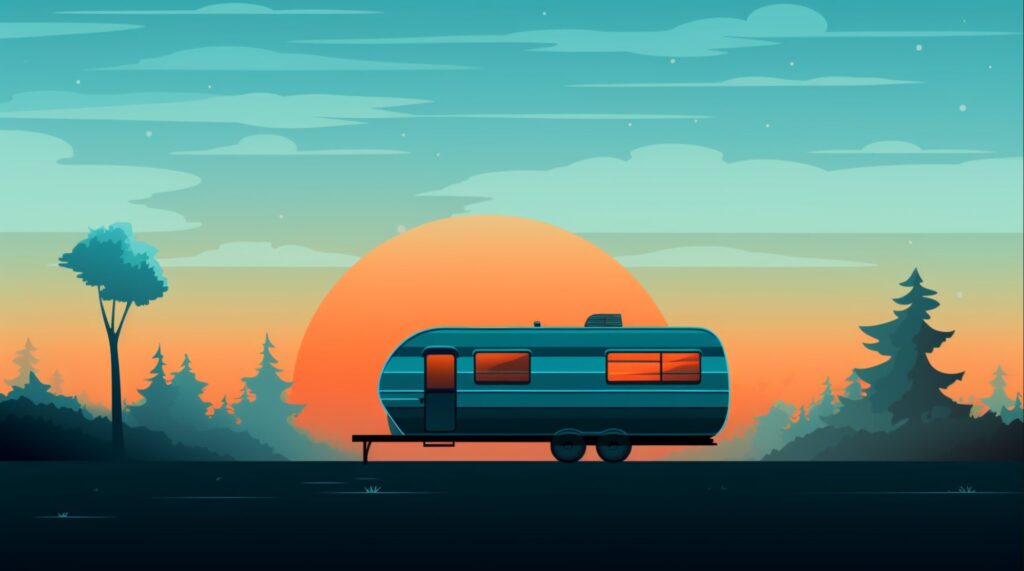Camper Living: 8 Tips for Making a Camper Out of a Converted School Bus

We are reader-supported. When you buy through links on our site, we may earn an affiliate commission.
Have you ever considered camper living?
Folks who pulled a Rip Van Winkle over the past year or so now find that housing prices have skyrocketed while they were enjoying their naps. As a result, many people are seeking alternatives. For some, a tiny home on wheels offers the right combination of freedom and the comforts of home, but building one from the ground up is a complicated proposition.
Are you considering living in a converted school bus (aka a “skoolie”)? Perhaps you want a custom RV for weekend getaways? Here are eight tips for making a camper out of a converted school bus.
1. Select the Right Vehicle
Your project begins by asking yourself multiple questions. One should be, “How much room do I need?” Your requirements might vary based on how many people typically camp with you or whether you intend to live in your converted school bus full-time. Couples wanting a weekend getaway machine might prefer a smaller ride to save fuel costs. Here are your options for bus types:
- Type A: These offer a bit more space than some far pricier conversion vans or sprinters but not enough for a full bath or many beds. They often have a separate driver’s left-hand door.
- Type B: A small school bus with doors behind the front tires.
- Type C: A large school bus with a dog-nose front face.
- Type D: A large school bus with a flat-nose front face.
If you’re going large, pay attention to dog-nose versus flat-nose configurations. Some RV parks may reject flat-nose models because of the school bus look. However, they have other advantages, like looking more like a Class A RV and having a “garage” space in the rear for ample storage.
Additionally, you should know what questions to ask when choosing your specific bus from your preferred type:
- Mileage: Many buses last 250,000 miles or more, but your vehicle is generally more reliable with less distance driven.
- Age: Younger is usually better. While you can find older models for cheap — useful if you’re in a housing crunch — you could run into emissions problems. Check your local regulations to be sure before you buy.
- Engine Type: Foreign engines can be tricky to find parts for, especially on older models. International and Caterpillar are two brands that top the charts for ease of repair.
- Accessibility Options: Will you be transporting people with disabilities? Remember that such features also help you if you intend to live in your skoolie full-time.
- Warranty Options: Unless you’re a mechanic, calling a vehicle home means facing potentially costly engine repairs. Can you get additional coverage if you aren’t too knowledgeable about what happens under the hood?
2. Pay Attention to Gross Weight
Skoolies are heavy vehicles, and turning a converted school bus into a home can add up to weighty issues. Federal law regulates maximum gross vehicle weights. These guidelines protect roadways from excessive wear and tear but can leave you a hefty fine if you disregard them.
Also, please be aware that you have to be a legal driver. If your converted school bus project tops 26,001 pounds of gross vehicle weight, you’ll need to obtain your CDL license to drive your ride from place to place.
What else does this knowledge mean in practical terms? When planning your layout, keep an eye on how heavy your materials are. The more lightweight, the better — in terms of overall fuel efficiency and avoiding legal trouble.
3. Gut and Prepare
Once you secure the right skoolie for your converted school bus camper, your first order of business is getting rid of the seats and other interior items you don’t need. This process will also open up space, allowing you to more readily identify issues like roof leaks needing repair.
Loosening the bolts and unscrewing them sounds easy, but it’s often not after years of rust, dirt, and debris. It’s better to invest in power tools for this step. Check with your local hardware store about renting an angle grinder to cut through them, and invest in hearing and eye protection for this hot, sparky step. You’ll probably need an extra set of hands, so gear up your partner, too.
4. Repair the Exterior
Before you start the interior, you should repair any exterior damage, especially that which could compromise your camper’s comfort. A leaky roof leads to damp, unpleasant days. Furthermore, scour every inch of the frame for mold and mildew using borax and white vinegar mixture.
Many people also decide to raise the roof when making a camper out of a converted school bus. If you’re tall, you might have to, but know the process can affect structural integrity. If you choose this step, you’ll need to detach the roof, build taller supports and cover the gaps in the sheet metal to reattach it — experience in welding is a plus.
5. Create a Floor Plan
Even the largest buses limit your livable space. Think about what features you want to include before you pickup your hammer and begin your interior remodel. It helps to use a program like 3D Home Architect to help you visualize your layout as you plan.
Ask yourself questions, such as:
- Do I need a full bathtub? Some people can’t do without a luxurious soak, while others don’t mind a quick shower rinse.
- What kitchen appliances do you need? The cool thing about skoolies is customization. While many RVs come with features like ovens and dishwashers, you might find you do better with little more than a microwave, hot pad, and Instant Pot. If so, why waste limited space?
- How many sleeping areas do I need? What size bed? If you plan to live in your converted school bus full-time, you might want to invest in a queen or king. However, folks who want to take the family camping may do best with several twin-sized cots. Make them Murphy-style to fold out of the way when not in use.
6. Install the Basics
You’re finally ready to start swinging hammers. You’ll begin your interior layout by running electrical and plumbing. You’ll need a deep power battery and an inverter. Even if you plan to go solar, you’ll still need these devices. There isn’t enough room on the typical roof to power everything by the sun, although a portable exterior panel is an option if you plan to leave your skoolie parked in one place.
You have multiple toilet options, including plumbed versions like those found in traditional homes. However, a cassette toilet is a much easier alternative if you plan to use your vehicle only for occasional weekend camping — otherwise, dumping it every day could get old. A Composting toilet is another option that requires no water; however, you’ll still need to figure out how to wash your hands.
7. Let Your Creativity Soar
After you have the necessities installed, it’s time to get creative. What will you do with your windows? Unless you don’t mind prying eyes, you’ll need some combination of curtains, one-way film, or black-out paint to protect your privacy.
Remember, your small space is yours to decorate however you like. Who says you have to have the traditional couch-kitchen-table setup? If some oversized cozy pillows, a Chabudai and perhaps a bean bag or two are more your comfy jam, go for it!
8. Keep It Legal
To drive your skoolie without a CDL — assuming it meets the weight limit — you will have to register it as an RV. Each state has slightly different requirements, like removing all flashing lights and stop signs to create a dedicated sleeping area.
Insurance is another bear. You might be limited to liability, not comprehensive coverage. Check with multiple carriers to determine your best options.
Finally, you can’t park your converted school bus camper everywhere. Many jurisdictions have strict rules about how long RVs can park on public streets, and some RV parks may restrict certain vehicle types.
Making a Camper Out of a Converted School Bus
Are you one of the many considering making a camper out of a converted school bus? You could enhance your weekend fun or even invent a solution to today’s high housing costs.
Consider this your introductory guide to making a camper out of a converted school bus. Where will your skoolie project take you?










